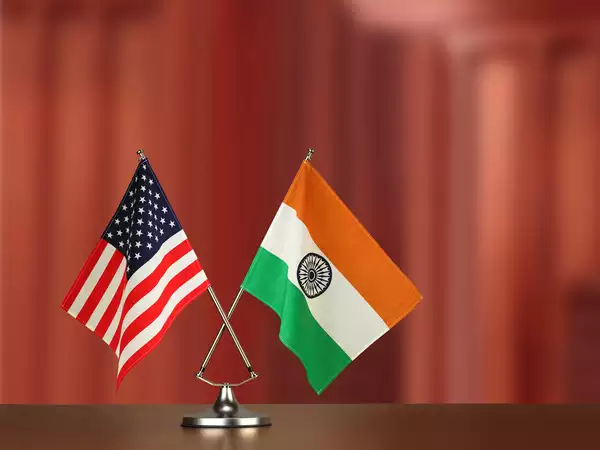The United States has long been a dream destination for many Indians seeking better education, job opportunities, and a higher standard of living. However, recent policy changes have made it increasingly difficult for Indian applicants to secure U.S. immigration. From stricter visa regulations to prolonged processing times, the road to American residency is more challenging than ever.
1. Stricter H-1B Visa Rules
The H-1B visa, which allows skilled workers to work in the U.S., has become harder to obtain due to:
- Reduced approvals: The U.S. has increased scrutiny of H-1B applications, leading to a rise in rejections.
- Higher wage requirements: Companies now have to pay foreign workers more, making them less likely to hire from India.
- Increased audits and compliance checks: Even approved candidates face delays due to extensive documentation requirements.
2. Longer Green Card Wait Times
For Indians applying for permanent residency (Green Card) under the employment-based categories, the backlog has become a major obstacle. Due to country-wise limits, Indians often wait decades before receiving approval. In contrast, applicants from other countries face significantly shorter wait times.
3. Student Visa Challenges (F-1 Visa)
Indian students aiming to study in the U.S. now face:
- Higher rejection rates: Visa officers are more likely to deny student visas if they suspect an applicant may stay in the U.S. permanently.
- More financial scrutiny: Applicants must prove they can afford their education without relying on part-time jobs.
- Post-graduation uncertainty: Optional Practical Training (OPT) and H-1B sponsorships are harder to secure, leaving many graduates with limited job options.
4. Tighter Family-Based Immigration
Family-sponsored immigration has also slowed down, with longer wait times for Green Cards and increased scrutiny of applications. Many Indians applying through relatives in the U.S. face delays of several years before they can reunite with their families.
5. Stricter Public Charge Rule
New policies have introduced a “public charge” rule, which makes it harder for lower-income applicants to qualify for U.S. immigration. The government now assesses whether applicants might need public assistance in the future, reducing approval chances for those without strong financial backing.
Conclusion: A Tougher Road Ahead
While the U.S. remains a top destination for Indian immigrants, the new policies have made the process more complex and uncertain. Many Indians are now exploring alternative countries like Canada, Australia, and the U.K., which offer smoother immigration pathways.
For those still aiming for the U.S., careful planning, strong financial proof, and compliance with evolving immigration rules are more important than ever. If you’re considering immigration, staying updated on policy changes and seeking professional legal guidance can increase your chances of success.
Would you like help understanding specific visa categories or alternative immigration options? Let us know in the comments!

